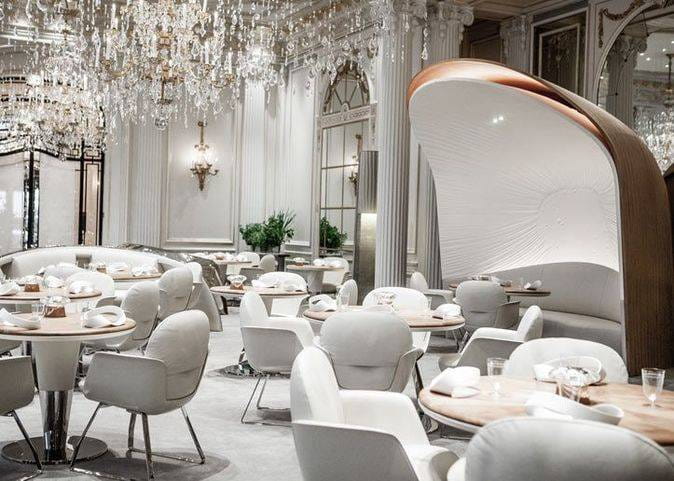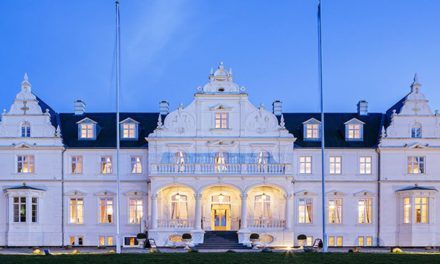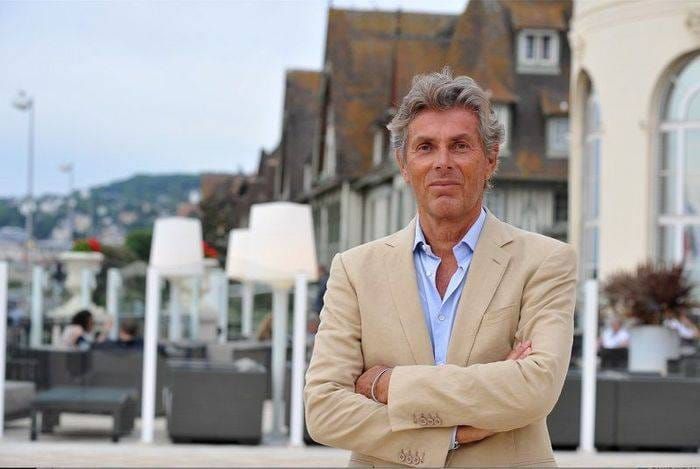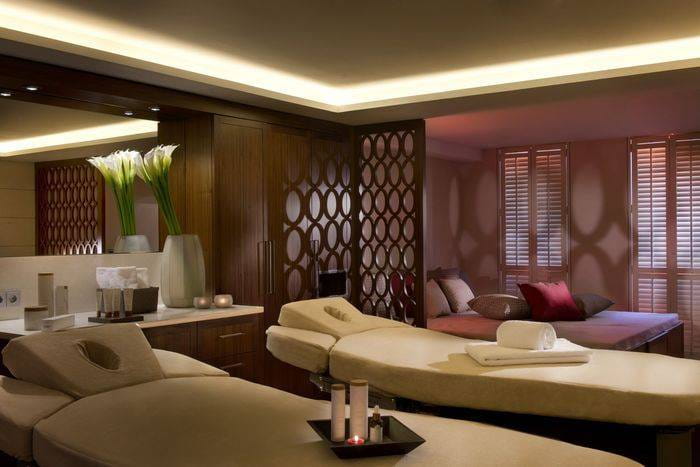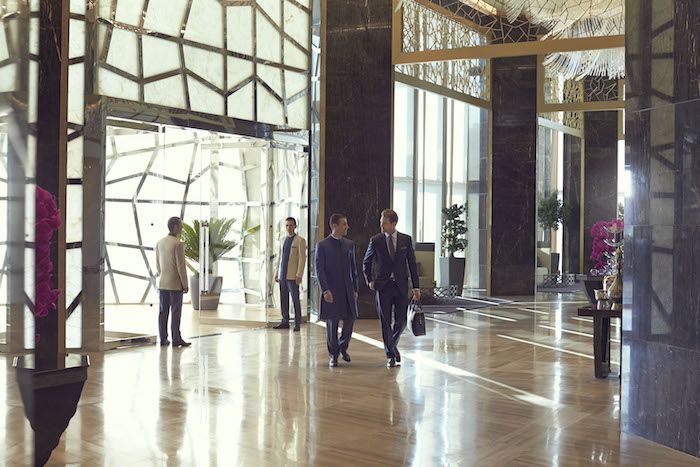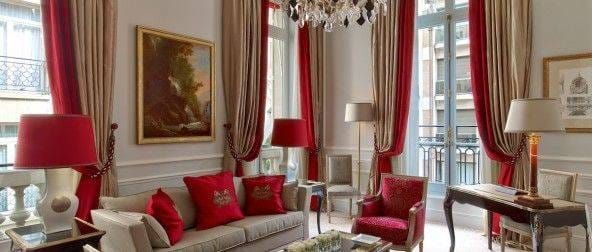Is there such a thing as a distinctly French style of hospitality?
It was around the 19th century that the first Palaces appeared. In Paris, Hotel Meurice ranks among the oldest (it was established in 1835). In the 19th century, it was the only hotel available for welcoming wealthy travelers in Paris until the opening of the Ritz in 1898. It was these first hotels that defined the level of excellence. They took inspirations from castles and fine bourgeois estates in a careful attempt to define the service roles they wanted to offer their first clients. While some professions have disappeared, others have been modernized. During this period, the hotelier’s expertise was developed on the job, passed down from generation to generation, and further reinterpreted upon the arrival of subsequent generations—and this remains true even today. It is this alchemy that ensures the client the experience of an excellent service.
French luxury in the hotel industry brings together at once tradition and the ability to constantly reinvent ways for welcoming one’s guest. Welcoming one’s guests provides a source for the exchange of sensual and intellectual pleasures that, in France, bring out the best in standards, beauty, refinement, bygone and new rituals, and sophistication, not to mention lightheartedness, excellence, and courtesy.
French luxury hotels also bring together the best providers of products for their clients. For instance, a luxury hotel has to be able to offer the highest quality bedding by working with the best brands, such as Dumas, a company that has crafted luxury pillows and duvets for over 100 years. This expertise also becomes passed down from generation to generation, and it is this transmission of expertise that characterizes all the providers of our finest hotels, whether it be in the setting of the room or the restaurant.
The Plaza Athénée, for instance, continues this tradition of hospitality all while reinventing it. In terms of decoration, if you look at the work that has taken place in the bar and the restaurant under Alain Ducasse, architects Patrick Jouin and Sanjit Manku have understood how to preserve the spirit of these historic places all while bringing to them a touch of modernity. As far as service is concerned, the team continues to respect traditions while remaining open to innovating tableware, such as doing away with napkins. Yet excellence continues to reign! In these kinds of establishments, there are always a handful of collaborators who claim more than thirty years of experience within the establishment. They represent the memory of the establishment, and they are the ones who can recall the hotel’s most memorable stories and finest moments. Within their respective departments, they even pass down things they learned from those who came before them.
Laurent Delporte, an editor and conference speaker, is a strategic expert in the sector of hotels. A visionary, he brings his unique look on hotels in service to the decision-makers in the industry, whether to enhance the development of new projects or strategic visions.
Laurent has visited and audited over 350 hotels across the world and also participates in mystery visits to provide quality control for the world’s finest hotels.


 HOME
HOME


